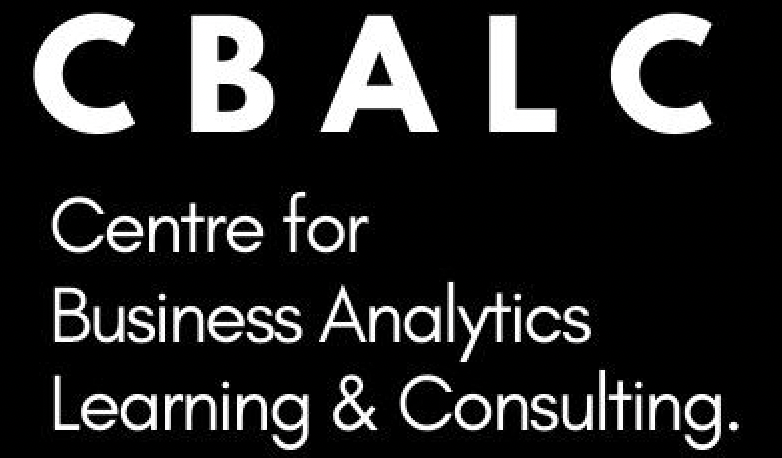In today’s world, organizations are increasingly turning to people analytics to gain insights into their workforce and unlock the potential of their employees. People analytics is the practice of collecting, analysing, and interpreting data about employees to make informed decisions and drive organizational performance.
People analytics encompasses the use of various data sources, including HR records, performance evaluations, employee surveys, and other relevant data points. By leveraging advanced analytics techniques, such as predictive modelling and machine learning, organizations can identify patterns, correlations, and trends within their workforce data. This enables them to make data-driven decisions and implement targeted interventions to enhance employee performance.
There are a number of ways that people analytics can drive employee performance. Let’s explore how the strategic use of people analytics can help organizations optimize employee performance, enhance productivity, and foster a high-performing work culture.
Driving Performance Through Data
People analytics offers organizations the ability to understand the factors that contribute to employee performance.
By analyzing data related to recruitment, on boarding, training, and development, organizations can identify the key drivers of high performance. This includes assessing the effectiveness of recruitment channels, determining the impact of training programs, and evaluating the alignment between employee skills and job requirements.
With people analytics, organizations can identify top performers, uncover the traits and behaviours that contribute to their success, and replicate those qualities in other employees. By leveraging predictive analytics models, organizations can also identify employees at risk of underper formance and proactively intervene to prevent potential issues.
Identifying Performance Enablers
People analytics allows organizations to identify the factors that enable high performance within their specific context. Through data analysis, organizations can uncover patterns related to employee engagement, job satisfaction, work-life balance, and leadership effectiveness.
For example, they can identify the correlation between recognition programs and increased employee motivation or the impact of flexible work arrangements on productivity.
Moreover, people analytics enables organizations to identify skill gaps within their workforce and develop targeted training programs to bridge those gaps. By analyzing learning and development data, organizations can identify which training initiatives yield the greatest impact on employee performance and tailor their programs accordingly.
Data-Driven Performance Management
Performance management processes can greatly benefit from the insights provided by people analytics. By leveraging data on goal setting, performance evaluations, and feedback, organizations can gain a comprehensive view of individual and team performance. This allows for more accurate and fair assessments, identification of high-potential employees, and targeted development plans.
In addition, people analytics can support organizations in designing effective incentive and reward systems. By analyzing performance and compensation data, organizations can ensure that reward structures align with desired performance outcomes, motivate employees, and retain top talent.
Continuous Performance Feedback and Coaching
People analytics facilitates continuous performance feedback and coaching by providing real-time data on employee performance.
With the help of data dashboards and analytics tools, managers can track individual and team performance, identify areas for improvement, and provide timely feedback. This iterative feedback loop enables employees to make necessary adjustments and continuously improve their performance, leading to higher productivity and job satisfaction.
Leveraging Predictive Analytics for Talent Management
People analytics goes beyond retrospective analysis by utilizing predictive analytics to forecast future performance and talent needs.
By analyzing historical data, organizations can identify the characteristics and behaviours that are predictive of high performance and use these insights to make informed decisions in talent acquisition, succession planning, and leadership development.
Improving Employee Engagement and Retention
People analytics can help organizations understand the factors that contribute to employee engagement and retention. By analyzing employee survey data, feedback, and turnover rates, organizations can identify areas of improvement, such as work environment, career development opportunities, and managerial effectiveness.
This data-driven approach allows organizations to implement targeted interventions to increase employee satisfaction, motivation, and commitment, ultimately reducing turnover and improving overall employee performance.
Conclusion:
People analytics holds immense potential to transform how organizations manage and optimize employee performance. By leveraging the power of data, organizations can unlock insights into what drives high performance, identify areas for improvement, and make informed decisions to enhance employee productivity and engagement. However, it is crucial to approach people analytics ethically and with a focus on employee privacy. Organizations must ensure that data collection and analysis processes adhere to legal and ethical guidelines.
As organizations continue to embrace the power of people analytics, they gain a competitive edge in attracting, developing, and retaining top talent. By harnessing the potential of their workforce through data-driven insights, organizations can create a culture of continuous improvement and drive sustained success.
– Vansh Khurana







